When thinking of Prague Castle, everyone first thinks of the city’s tourist highlight. Only very few visitors are drawn to the second Prague Castle, the Vyšehrad.
To the south of the New Town on the right bank of the Vltava lies Vyšehrad, one of the most famous early medieval ramparts in Bohemia.
History of Vyšehrad
The castle complex on the Vltava River was built in the first half of the 10th century. The first Czech king Vratislav II moved his residence from Prague Castle to Vyšehrad around 1070. Here he founded the collegiate chapter of St. Peter and Paul. At the end of the 11th century, in addition to the church and the collegiate building, the Basilica of St. Lawrence and the Rotunda of St. Martin were built. For almost 70 years the rulers of the region lived in the castle until they returned to Prague Castle. Vyšehrad gradually fell into disrepair. Only the church facilities continued to be used.
When Charles IV was in power in the second half of the 14th century, Vyšehrad flourished again. A new fortification wall was built, with battlements which allowed access to the castle only through a few gates. A new royal palace was built and the church of St. Peter and Paul was enlarged. In a newly written coronation order Charles IV determined that Vyšehrad should be the starting point for the coronation procession of Czech kings. He himself “walked” the path twice, once for his coronation and once, though not under his own power, during his funeral procession.
After the death of Charles IV, mainly priests lived on the hill above Prague. In 1420, the Hussites conquered and destroyed almost all the buildings. Around 1654 the militarily obsolete fortress was turned into a Baroque fortress. The builders erected the massive redoubts and corner bastions.
In 1911, the fortress was almost completely ground down. In the meantime, intensive archaeological research uncovered some buildings of the old royal court.
Visit of the Vyšehrad castle complex
We reached the hill, on which the second Prague castle complex is located, from the bank of the Vltava River. A sign showed us the way to the complex, which can be reached via countless steps.
Already during the ascent you can enjoy the beautiful view over the Vltava River.
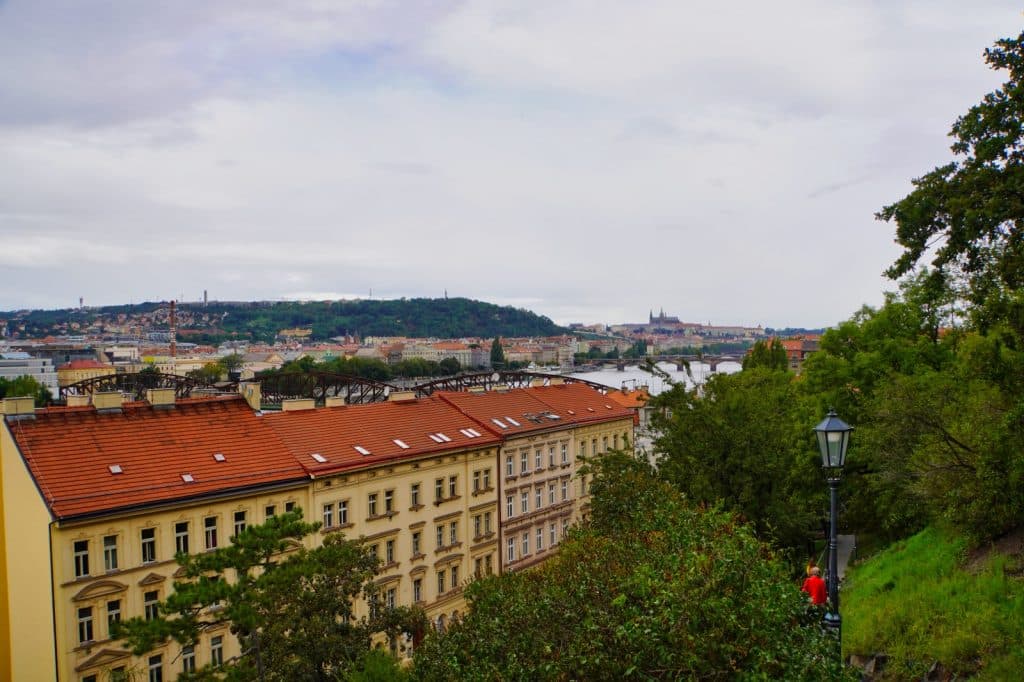
Through a small gate in a wall we finally reach the premises of Vyšehrad.
Our first way led to St.Peter and Paul Church with the adjacent cemetery.
Vyšehrad cemetery
We only looked at the church from the outside. A really massive building, which stands directly next to our actual destination the cemetery.

The Vyšehrad Cemetery is one of the most important cemeteries in Prague. Here you can find graves of many personalities, among others the composers Antonín Dvořák and Bedřich Smetana.
The cemetery was created in 1870 as a national burial ground. On the south and east sides of the cemetery are marble crypts and arcades. Beautiful paintings adorn the cross vaults supported by Tuscan columns.
There are still well-preserved tombs to be seen today, some with impressive grave monuments.
Something special is the common honorary crypt Slavín, where many personalities have been buried. The main path of the cemetery brings the visitor directly to the tomb. Above the main memorial there is a sarcophagus which a figure bends. On the side, there are two figures that are supposed to represent the mourning and the victorious homeland. On three plaques are the names of the first 15 buried in the Slavín. In 1901 the first was the poet Julius Zeyer. Above the plaques hangs a saying with the “Slavín motto”: “Although they died, they still speak.”

The cemetery reminds me in its beauty of the Lachaise Cemetery in Paris and the Central Cemetery in Milan.
We leave the cemetery through a gate in a wall and enter a small park.

Tour on the Vyšehrad
Right next to the green area stands the building of the New Deanery. The house was built in 1877-79. There is an exhibition on the history of Vyšehrad. During excavations in the garden of the deanery the remains of the basilica of St. Lawrence were discovered.

A few meters further we discover the Martin’s Rotunda. This is the oldest rotunda in Prague and the only structure on Vyšehrad that has been preserved in its original form.
The Romanesque rotunda was probably built in the last third of the 11th century, but written records date back only to 1396. For a while, the building, originally planned as a church building, served as a powder tower. In 1875 it was restored to its original state. Unfortunately, the building was locked. I would have liked to see the wall paintings, which should show the motives from the coronation codex.

We decide to walk along the walls of the castle complex. In many places you have a beautiful view of Prague, the Vltava River and can even see as far as Prague Castle.
Finally, we arrive at Vyšehradské sady, a park that is now located on the spot where buildings of the palace used to stand. There are some impressive statues in the park. These were originally intended by the artist Myselbek for the Palacký Bridge and were placed in the park in 1948. They represent figures from Czech sagas.
The area of the Vyšehrad is very large. You can walk here very nicely and spend a lot of time. It is definitely much quieter than at Prague Castle. There is also a beer garden here and it is much cheaper than at Prague Castle. A visit to the Prague Castle Vyšehrad should not be missed.
Address:
V Pevnosti 159/5b
128 00 Praha 2- Vyšehrad
Opening hours:
November – March
daily: 9.30 – 17
April – October
daily: 9.30 – 18
Admission fees:
The grounds and the cemetery can be explored free of charge.
Some places, such as the church, require an entrance fee.
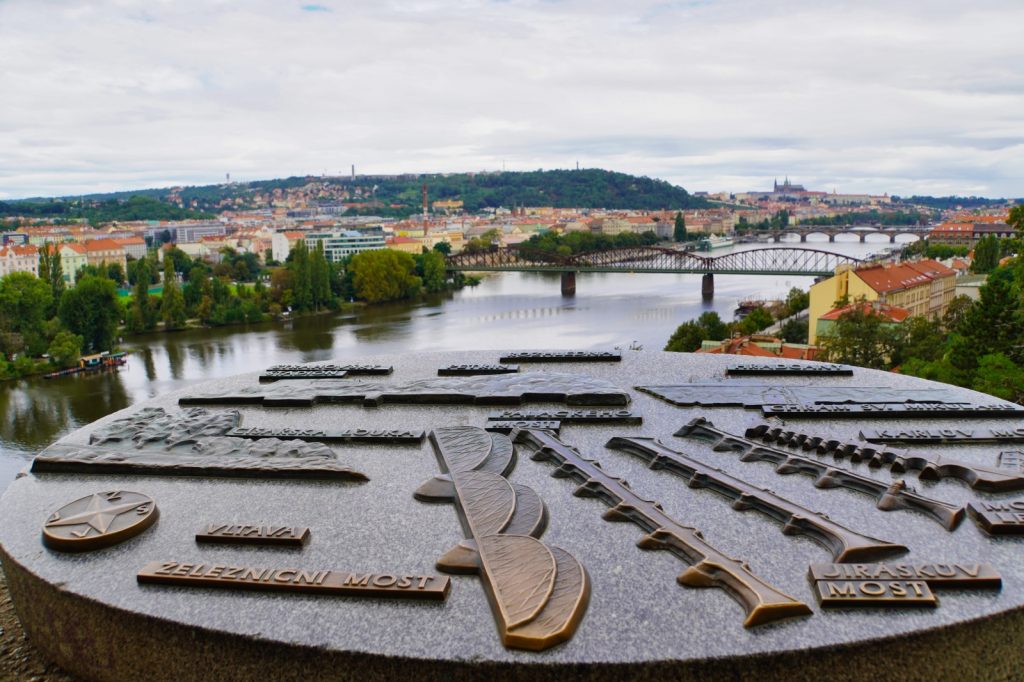






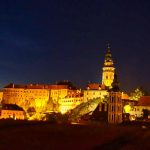




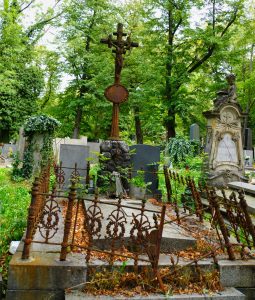











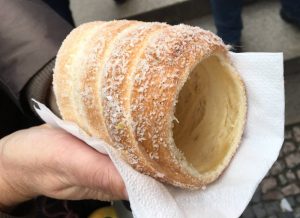















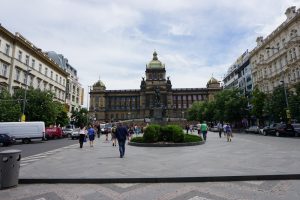



Leave a Reply